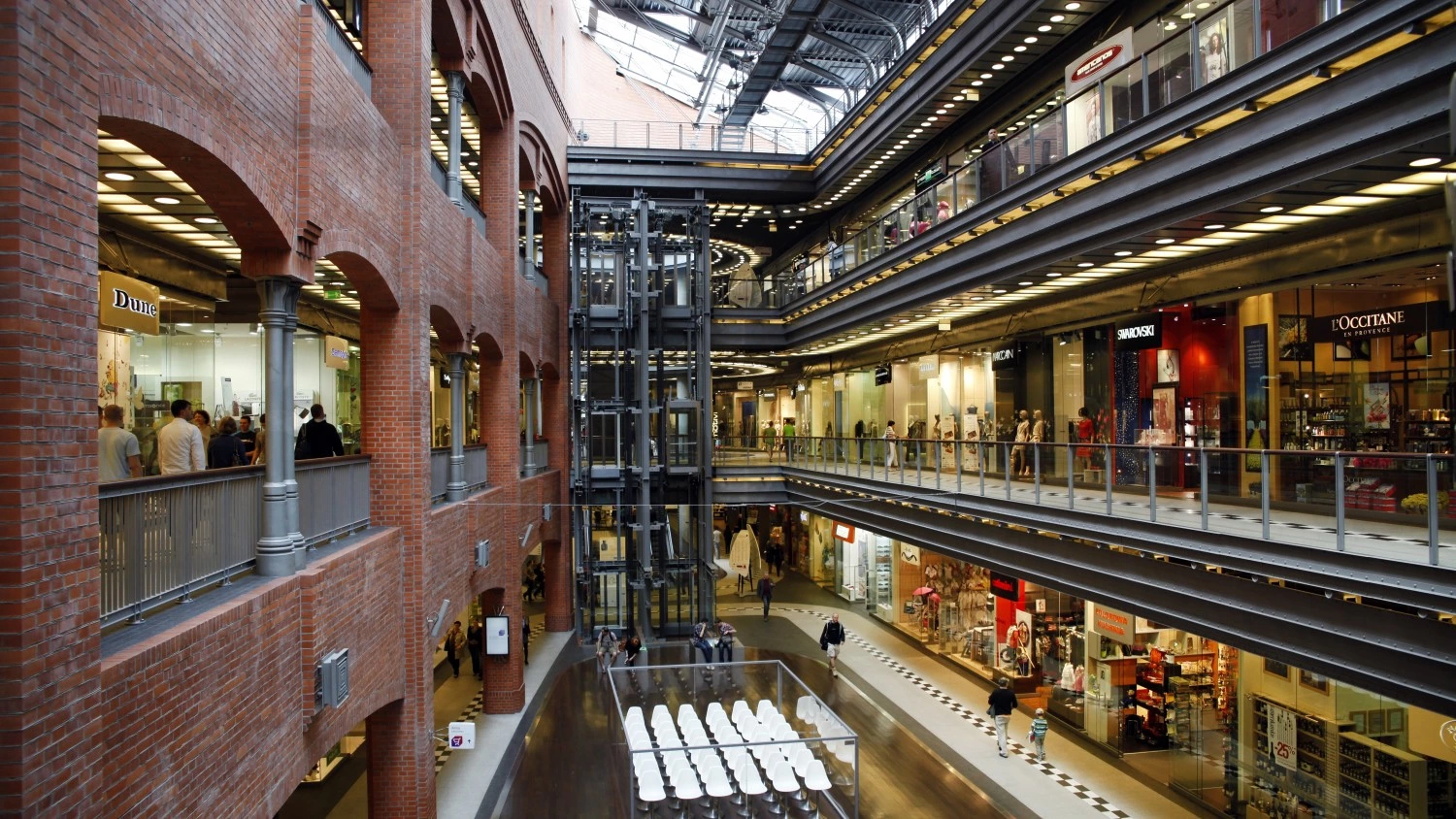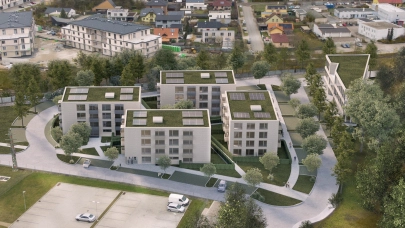
The rapid growth of e-commerce is unlikely to put an end to existence of physical stores. Both online and offline platforms will co-exist, becoming increasingly intertwined. However, in-store technology innovations will change shopper behaviours in shopping centres. These are the key findings revealed in the Retail Revolutions report by Savills.
The report presents an overview of changes taking place on the retail market. According to Savills, retail stores are being turned into showrooms where products are not stored but are put out for customers to see. In the US, for instance, both Bonobos and MM.LaFleur have decided to phase out physical store sales altogether - the purchase can also take place online in their stores through internet-connected devices provided to customers.
Synergy between sales channels
Retailers are responding to the growing popularity of click & collect services by taking the opportunity to upsell customers coming to their stores to pick up items ordered online. Owners of shopping centres also cater for new trends by arranging for parcel lockers to be put close to their retail schemes in order to enable customers to collect products. Speedy delivery is of overriding importance in the modern sales model. Most retailers focus on organizing their logistics systems to ensure one-day deliveries, and having a physical store helps to speed up the process.
Marta Mikołajczyk-Pyrć, Head of Retail Property Management, Property & Asset Management at Savills, said: “The line between e-commerce and brick-and-mortar retailing is becoming increasingly blurred. The shopping experience has become longer with several pre-purchase activities, both online and offline, affecting consumer decisions. There is no escape from digitisation. Multi-channel retailing is not a thing of the future, it is a process that is already taking place.”
The changing face of retail stores
Another trend on the rise on the retail market is the use of store space for various events. In the United Kingdom, for instance, Uniqlo has incorporated a dedicated event space into its store on Oxford Street while Apple hosts panel discussions in its stores with notable public figures. On the Polish market, dominated by shopping centres, common areas serve the purpose. Such use of physical stores indicates that they offer additional shopping experience to drive sales, irrespective of the channel in which the actual purchase takes place.
In-store technology innovations are also being deployed on an ever larger scale. Media Markt in Belgium and the Netherlands is currently trialling Pepper, a robot that transports customers’ products to cash registers. In Poland, mobile apps provided by retailers are moving up in popularity. Essentially, they keep customers updated on products offered and current promotions while returning customers can earn points. Such solutions have already been put in place by health and beauty retailer Rossmann and H&M fashion stores, while hypermarket retailer Carrefour is offering virtual fitting rooms and an electronic sommelier advising shoppers on their choice of wine in the Posnania shopping centre. This is evidence of ongoing digitisation of the in-store experience by both retailers and shopping centre owners.
Marta Mikołajczyk-Pyrć, Savills, said: “In Poland, modern solutions for customers are being implemented primarily by property managers. On the Polish market, in addition to hosting events in common areas, shopping centre owners are introducing their own mobile apps and beacons on an ever larger scale. These technologies provide valuable statistics helping improving sales and enhancing comfort and the shopping experience. They are also a platform for loyalty programs.”
A new shopping dimension
GlobalData estimates that the growth rate of online sales will slow in the UK from 8% to just under 5% over the next five years. As a result, nearly 82% of all purchases will continue to take place in brick-and-mortar stores in the UK by 2022. It does not mean, however, that offline retailing is winning against e-commerce. According to Savills, both offline and online channels will coexist without either being more important than the other in achieving sales.
Marta Mikołajczyk-Pyrć added: “Some retailers such as those in the furniture sector will definitely continue to operate physical stores where customers can have a closer look at products. Others, including fashion and accessories retailers, are keen to maintain a physical presence that helps to minimise product returns and costs of returns. KPMG estimates that approximately 35% of online orders for clothing are intentional over-orders as customers assume they can later return some items.”
In Poland, Decathlon is a good example of combining both sales channels as it decided to share online turnover with physical stores. Whenever a customer makes an online purchase using a card and chooses the click & collect option, part of the value of products bought is recognised as a physical store’s turnover. Better sales performance helps the store to grow and reinvest proceeds in extensions or upgrading. The same happens with purchases made through interactive kiosks available in Decathlon’s stores.
Marta Mikołajczyk-Pyrć of real estate adviser Savills, said: “Stores are part of the modern shopping process. We are now seeing the double effect of ROPO that stands for both research online purchase offline and research offline purchase online. The buying behaviour is therefore changing. In addition to having an opportunity to test a product in a physical store, customers will expect additional benefits such as discounts or professional advice. Fashion boutiques, for instance, are soon likely to turn from places whose primary function is to deliver a transaction into venues for meetings with in-house stylists. There is a growing synergy of sales channels, and physical stores will continue to play a very important role.”



